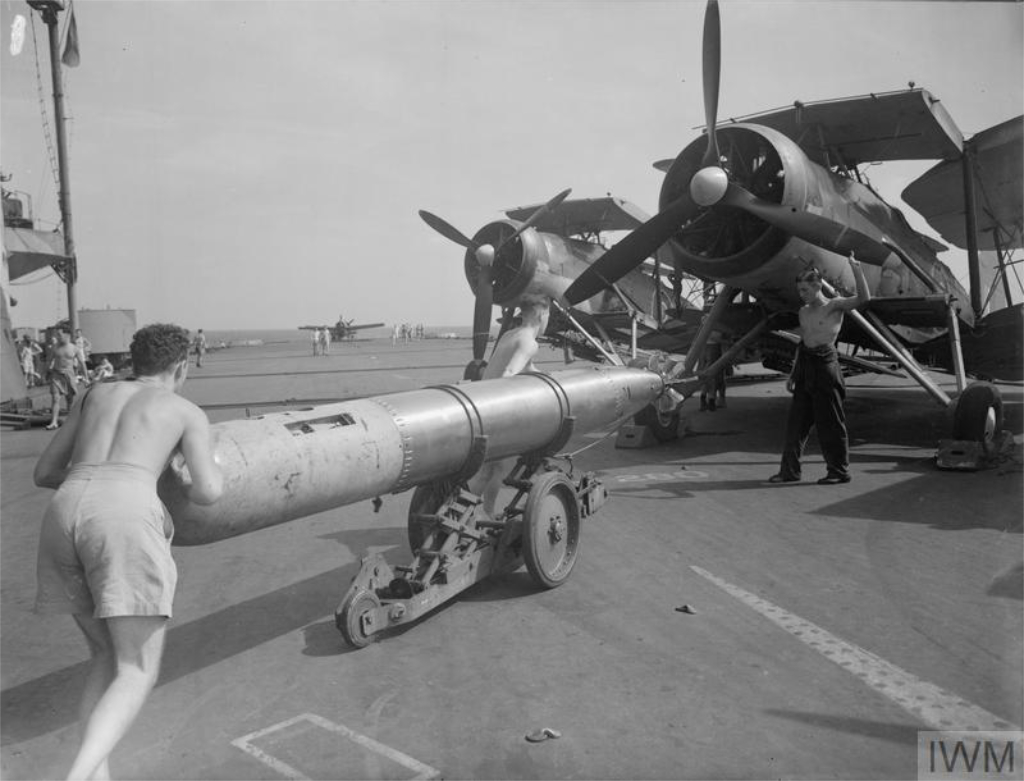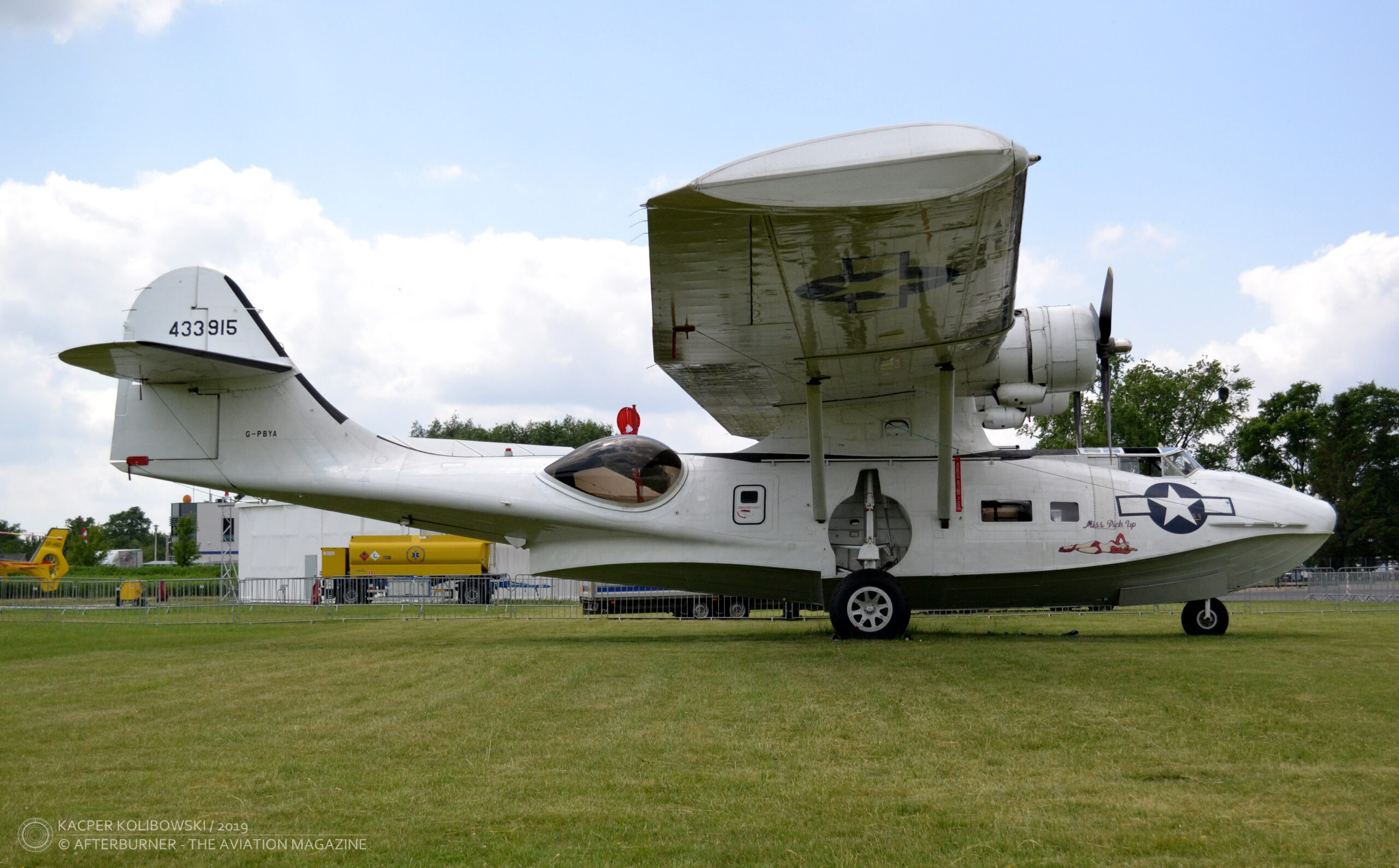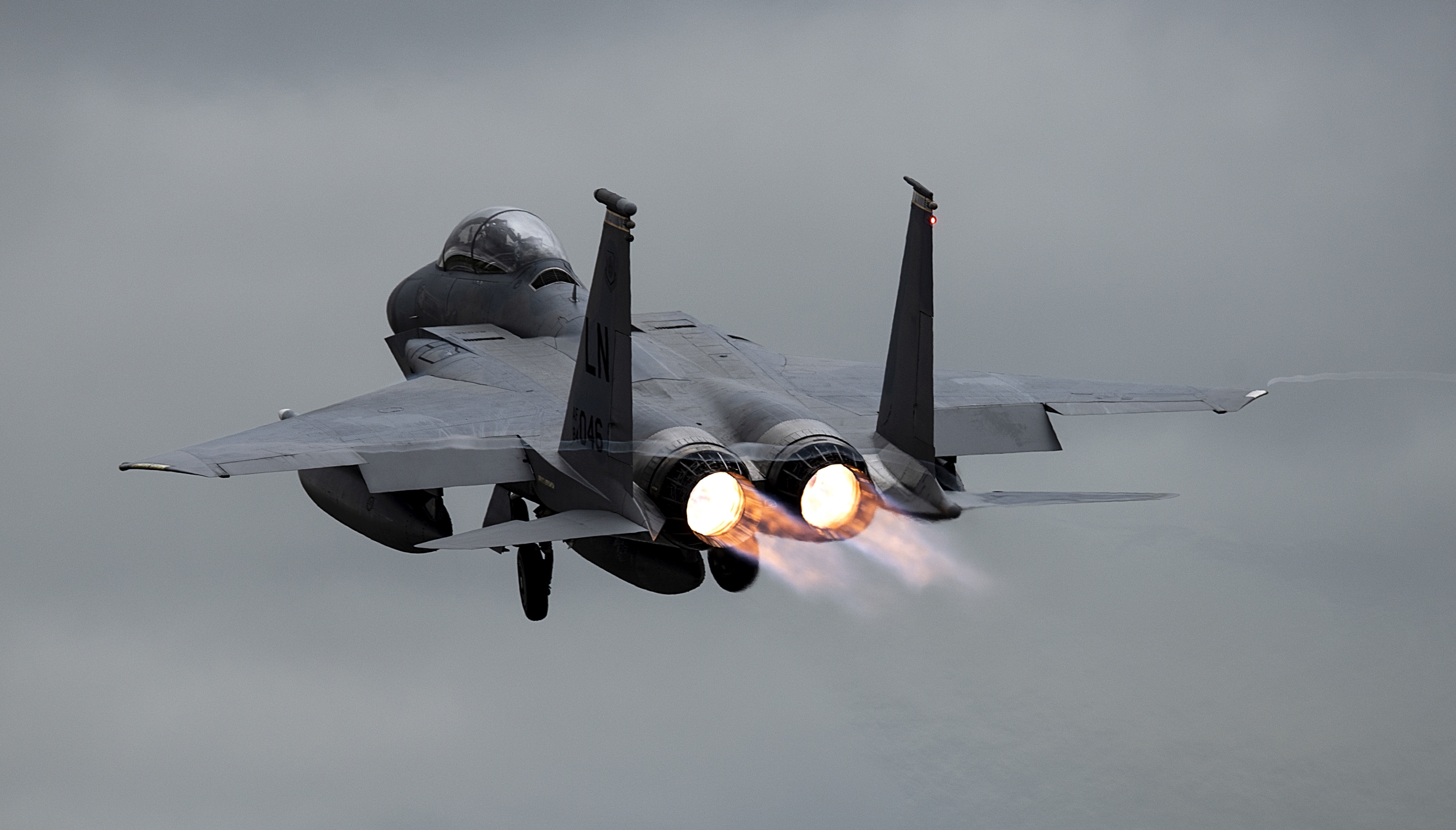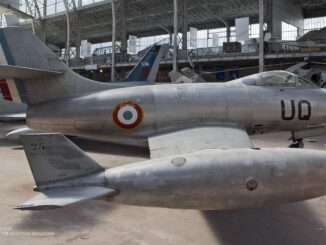 The Fairey Swordfish was a biplane torpedo bomber developed in the early 1930s. However, yet during the World War II, the aircraft – with its open cockpit, struts and braces, as well as maximum speed of about 230 kph – was already more than obsolete. Nevertheless, no attempt to replace the Swordfish with more modern design was successful enough and the slow biplane stayed in operational service until the end of the war.
The Fairey Swordfish was a biplane torpedo bomber developed in the early 1930s. However, yet during the World War II, the aircraft – with its open cockpit, struts and braces, as well as maximum speed of about 230 kph – was already more than obsolete. Nevertheless, no attempt to replace the Swordfish with more modern design was successful enough and the slow biplane stayed in operational service until the end of the war.
One of the most important advantages of the Swordfish was its versality. Initially, the biplane was developed as a torpedo bomber and reconnaissance aircraft. Nevertheless, during its operational career the Swordfish was also used as dive bomber, anti-submarine aeroplane, close support aircraft and in many other roles. It was exactly its legendary versality that gave the Swordfish its nickname – ´Stringbag´. Like a string shopping bag, popular at the time, the biplane was able to carry literally any weapon or equipment.
Eventually, the Swordfish remained in production as long as August of 1944. There were approximately 2,400 aircraft of that type manufactured until that time. According to the biplane monograph written in the early 1970s by Ian G. Scott, the Swordfish sank a greater tonnage of Axis shipping than any other Allied aircraft during the war.

On 26th May 1941, the Fairey Swordfish aeroplanes launched from HMS Ark Royal aircraft carrier hit the German battleship Bismarck with two torpedoes, damaging her stern and making the ship unmanoeuvrable.
One of the most famous attacks in the history of naval aviation was carried by fifteen Swordfishes from Nos. 810, 818 and 820 Squadrons. Flying at night and severe weather conditions, the Royal Navy biplanes managed to reach Bismarck and hit her with two, or three, torpedoes. One of them hit the battleship at the stern in the starboard side. It was a critical hit – both rudders of Bismarck jammed at 12º to port. The German battleship was no longer able to follow any course and, as a consequence, neither reach Brest nor escape the pursuit.

Full story here.
Cover photo: An airborne Fairey Swordfish in flight, showing the position of the rockets used to assist the aircraft in take off. The Fairey Swordfish was operating from Royal Naval Air Station at Maydown in Northern Ireland. Note the radar dome mounted beneath the chin of the aircraft. – original war caption. IWM A 27683, cropped.
All IWM photos used under Non-Commercial licence.



